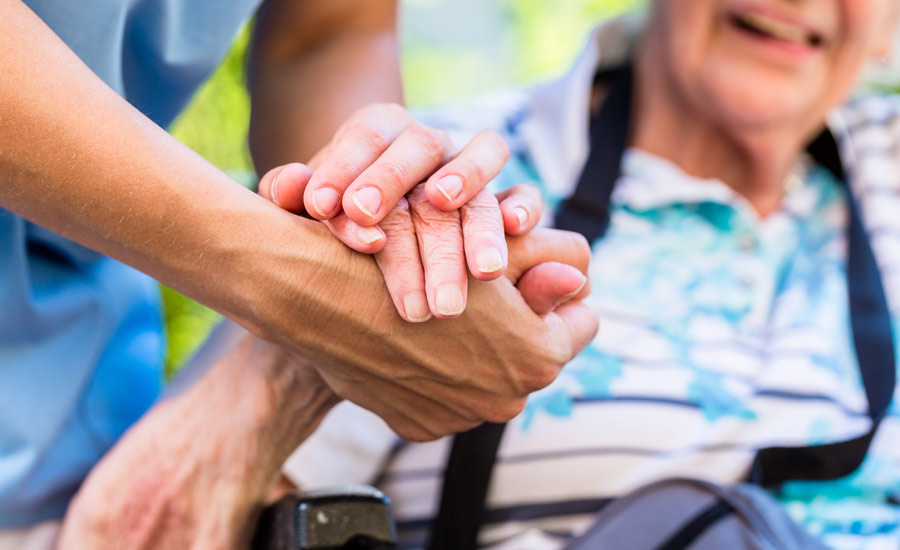How Care Homes Are Prepared for Emergencies – What Families Should Know

Emergencies in care homes are uncommon, but the way a home prepares for them is a significant part of keeping residents safe.
Families want to know that if something unexpected happens, whether it’s a fire, a medical emergency or a power cut, the staff will know exactly what to do. In this article, we’re going to discuss how care homes stay ready for emergencies and what that means for residents and their families.
How Do Care Homes Prepare for Emergencies?
Each home has written procedures for events such as fires, medical incidents, extreme weather, outbreaks or security risks. And staff are trained to follow these steps from the moment they start working in the home and their skills are refreshed through regular courses and drills.
Care homes also keep backup measures in place, such as emergency power supplies, medical equipment and safe evacuation routes. Many work closely with local hospitals, doctors and emergency services so that help can be called on quickly when needed.
Care Home Policies and Risk Assessments
Preparation starts long before an emergency happens.
Care homes must carry out risk assessments to identify what could go wrong in their facility, from fire hazards and power failures to the specific health needs of residents. Based on these risks, managers put together written emergency plans setting out exactly what staff should do in different situations. These plans are then reviewed regularly, updated when guidance changes and adapted to the home’s layout, staffing levels and the residents they care for.
This planning stage lays the groundwork for everything that follows, ensuring staff have clear instructions to rely on if and when a crisis occurs.
How Staff Learn to Respond
A plan on paper is only useful if staff know how to put it into action. That’s why most care homes invest heavily in training. New staff will be introduced to emergency procedures as part of their induction and training is refreshed regularly, so their knowledge stays current. Day to day, staff practice practical skills such as CPR, first aid, safe evacuation techniques and infection control.
This builds confidence so that, in a real emergency, carers can act quickly and without any hesitation, avoiding delays that could put residents at risk. Minutes matter in situations like a cardiac arrest, a fire evacuation or an infection outbreak and well-practised staff can make those split-second decisions effectively, and most importantly, calmly.
Working With External Services
Care home staff don’t face emergencies alone, which can be a huge relief for families with medically vulnerable relatives. A significant aspect of care home emergency preparation involves building strong links with external services, enabling swift access to the right help.
Care homes often work with:
- Hospitals and GPs for urgent medical advice or fast transfers to specialist care.
- Ambulance crews who may already know the home’s layout through practice runs.
- Fire and rescue teams to support with evacuation planning and on-site safety checks.
- Public health authorities who guide staff with outbreaks and provide access to infection control resources.
Communication With Families and Residents
Keeping families updated is actually one of the most essential parts of an emergency response. Care homes usually have clear systems in place to notify next of kin quickly, whether by phone, text message or email.
Supporting residents during the event is just as critical because keeping them as calm as possible makes all the difference between a safe evacuation and unnecessary risk. So, staff are trained to calmly explain what is happening in simple language and to provide reassurance, especially for anxious residents who feel confused or worried.
After the emergency, families should be given honest, timely updates about what took place and how it was managed, helping build trust and reassuring everyone that the care home takes safety and communication seriously.
Regulations and Oversight
Care homes are required by law to have emergency procedures in place and regulators check how well these are embedded in daily practice. In the UK, the CQC looks at written plans, reviews logs of fire drills and training and examines how previous incidents were handled. Inspectors also ask staff to explain what they would do in different situations to make sure they can respond without too much hesitation. This process shows whether a home is genuinely prepared and isn’t just ticking boxes. For families, it’s a protection that ensures homes are held accountable for how they protect their residents.
Confidence in a Care Home Crisis
Knowing a care home is prepared for the unexpected can bring real peace of mind. Strong planning and practice mean care teams can step in quickly if needed, leaving families feeling confident that their loved ones are safe in their care at all times.
Ready to explore...
